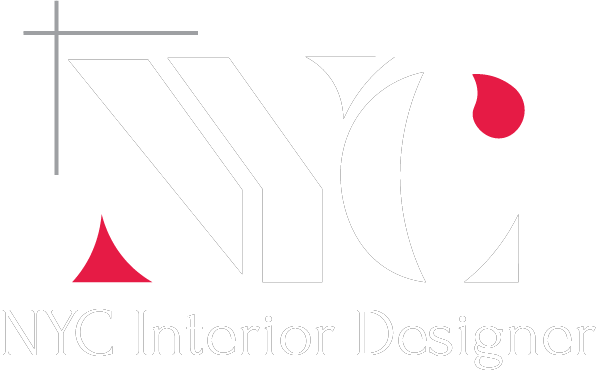When undertaking a home renovation, it’s all too easy to get caught up in the aesthetics—choosing paint colours, fixtures, and furnishings—a task both thrilling and consuming. However, a crucial element often lurks unseen but is vital to the smooth functioning of your home: your plumbing system.
Neglect plumbing maintenance and you might face disruptive and expensive issues down the line. So, as you roll up your sleeves to bring your dream home to life, let’s dive into your plumbing repairs guide.
1. Pre-renovation Plumbing Inspection
Hiring a Professional Plumber
Bring in a professional plumber for a thorough inspection before demolition begins. They’re equipped with the expertise and tools to spot issues that might not be visible to the untrained eye.
Identifying Potential Issues
Your plumber can identify problematic pipes, leaks, or outdated components that could be a ticking time bomb beneath your newly renovated space.
Addressing Plumbing Concerns Before Renovation
Acting on your plumber’s advice for plumbing repairs could mean replacing weak pipes or rerouting plumbing to accommodate new layouts, ensuring a solid foundation for your renovations.
2. Plumbing System Upgrades
Upgrading Outdated Plumbing Fixtures
Consider this renovation an opportunity to replace old, inefficient fixtures with modern alternatives that can save water and last longer.
Installing Water-Efficient Appliances
Opt for appliances that reduce water usage, a move both eco-friendly and cost-effective in the long run.
Considering Eco-friendly Plumbing Options
From low-flow toilets to tankless water heaters, green plumbing solutions are worth investment, combining sustainability and functionality.
3. Drainage and Sewage System
Clearing Clogs and Blockages
Tackle any clogs now to ensure a clear path for your renovation. Regular drainage care keeps things running smoothly, preventing emergency calls to plumbers later.
Inspecting Sewer Lines
Use this chance to inspect your sewer lines, especially if your home is older. Any issues can be messy and hugely disruptive if not caught early.
Installing Backflow Prevention Devices
Renovations may modify your water system’s pressure and flow, and installing backflow devices protects your potable water supply from contamination.
4. Water Heater Maintenance
Flushing the Water Heater Tank
Annual flushing of your water heater tank can prolong its life and improve efficiency—this is the perfect time to do it.
Checking for Leaks and Corrosion
Before covering up any utility spaces, check your water heater for leaks or corrosion, signs it might be time for a repair or replacement.
Replacing Old Water Heaters if Necessary
Old, inefficient water heaters could be a drain on energy and finances. Consider replacement for better overall performance.
5. Preventive Maintenance Tips
Regularly Checking for Leaks
Frequent checks for leaks under sinks and around toilets can cause problems when they’re small.
Properly Maintaining Faucets and Fixtures
Basic plumbing repairs, such as cleaning aerators and replacing washers, prolong your fixtures’ life.
Being Mindful of What Goes Down the Drain
Prevent future clogs and issues by being careful of what you dispose of via your drains.
Conclusion
In conclusion, approaching plumbing maintenance with diligence and foresight during your home renovation is essential for any homeowner who values longevity and efficiency in their household systems. Investing time and resources in a thorough inspection, considering upgrades, and engaging in preventative care can spell the difference between a flawless renovation and one riddled with plumbing pitfalls. By prioritizing this critical aspect of home maintenance, you ensure a foundation that’s not only aesthetically pleasing but also functionally sound, safeguarding your renovation investments for years to come. Remember, plumbing may not be glamorous, but it is the lifeblood of a comfortable, well-functioning home.
